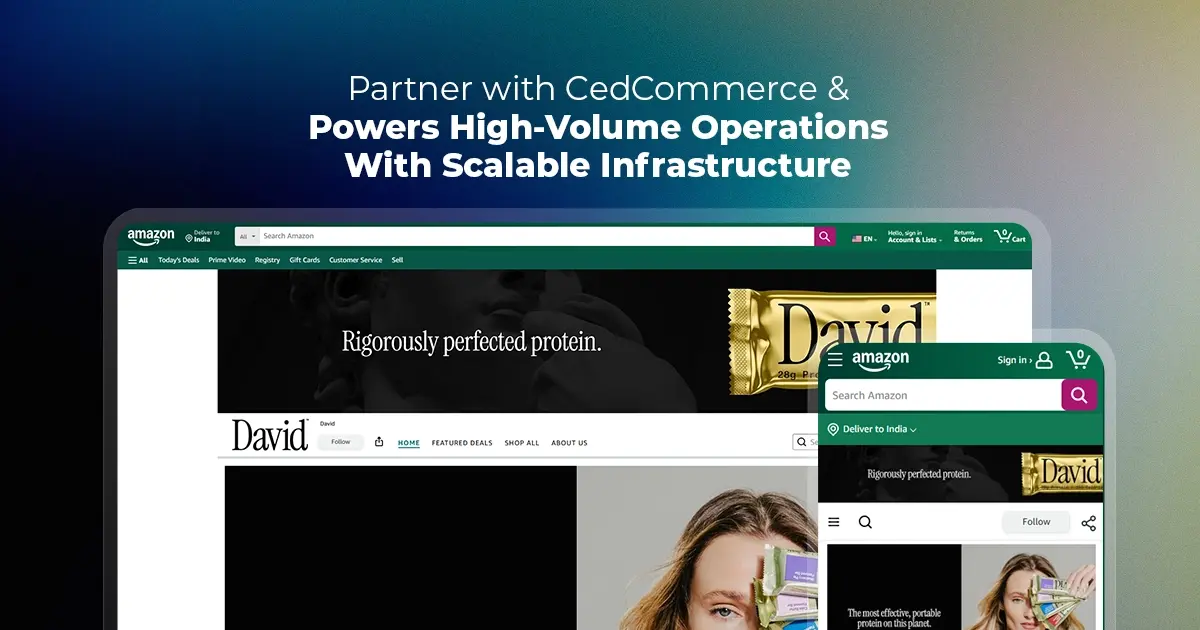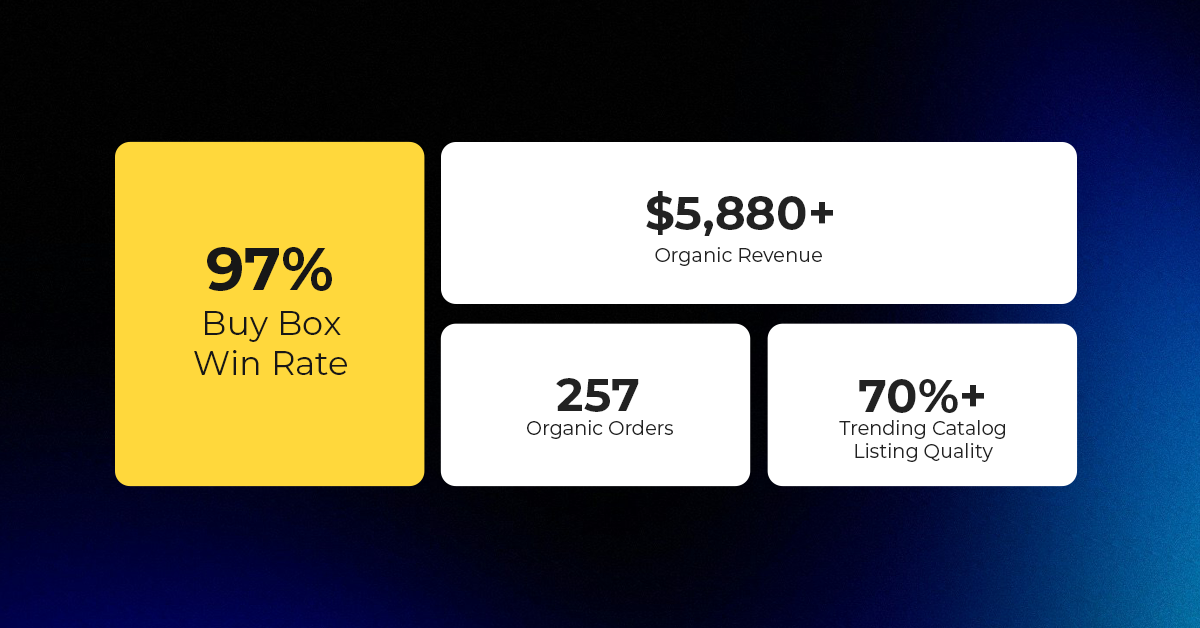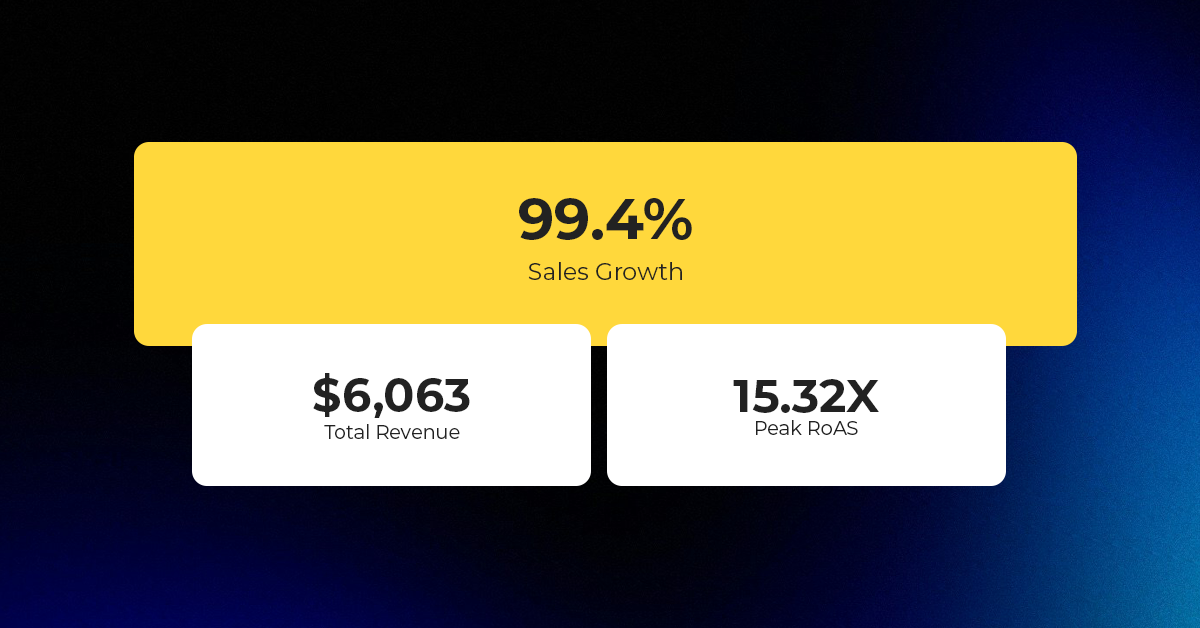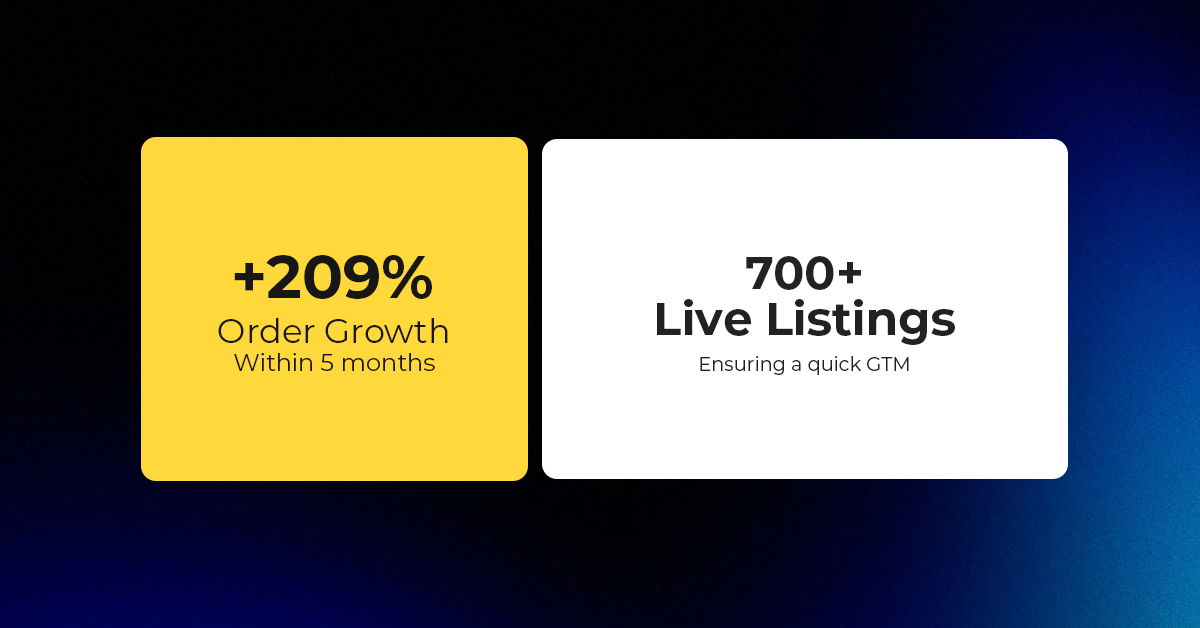Centralized Catalog, Faster Publishing: 40ParkLane’s Marketplace Success with CedCommerce
Reading Time: 4 minutesAbout the Brand: 40ParkLane LLC Studio40ParkLane is a design-led print-on-demand brand created…
There’s been no better time to develop and launch a new mobile app than today.
As people become increasingly more mobile, tech companies are now coming out with mobile apps to better the lives and businesses of their target market.
Several others have released an app version of their browser-based tools and platforms, making these even more accessible for their customers.
But for every successful mobile app launched, several others fall on the wayside.
And that’s enough to make you wonder: Why is it that not all companies developing mobile apps make it? What are the things that can cause new mobile apps to fail?
More importantly, what steps can you take to prevent your new mobile app (and your dreams of building a successful business) from dying prematurely?
I’ll reveal the answers here in this blog post.
Conducting market and audience research is tedious, which is the reason why many businesses opt not to do it. And this is the reason why many new mobile apps (and the companies developing them) fail.
Here’s why:
For your new mobile app to be successful, it should be able to address a real need or problem faced by your target market.
At the same time, the new mobile app you’re planning to launch should be able to offer something that’s not currently provided by others that are already out in the market.
And the only way you can find this out is by taking the time to research and survey your target market.
After all, how can you create your app if you don’t know whom you’re creating it for and why?
One of the most effective ways to do this is by asking your target audience to answer a survey. You can easily create one using a tool like SurveyMonkey, Typeform, or Google Forms.
By conducting a survey, you’re not only able to determine what features are your target customers looking for but also help you create a more detailed user persona.
A user persona is like a buyer persona in eCommerce marketing. It is a characterization of your ideal users: their demographics, interests, pain points, behaviors, goals, needs, thought processes, etc.
The more detailed you can characterize your user persona, the better you can target your audience and develop your product accordingly.
Quora is another tool you can use to do your market and audience research. It’s a platform where people freely share their thoughts and opinions about specific topics.
Take a look at these responses that people shared on what they consider to be excellent features to have in an eCommerce mobile app.
Take note of the common features shared by those that responded to your question. These are the ones that they’ll want to see when you launch your new app.
Another reason why many new mobile apps fail is that the businesses that developed these apps don’t take the time to test it.
Surprising, but true!
Their reason? They’ve invested so much time, effort, and money to develop their new mobile app that they’re eager to start making money from it.
If you want your new mobile app to succeed, you’ll need to verify your app’s viability by testing your prototype and improved versions.
After creating your prototype, keep testing your mobile app continuously until you get the most desirable results.
You don’t need to rush testing your app because this is a critical phase.
Better yet, why not get some of your target customers to help you test it out?
You can use a tool like NinjaOutreach to reach out to micro-influencers and offer them to try out your new mobile app and give their feedback about it.
Why micro-influencers?
One reason is that they are recognized experts and thought leaders in their respective niches. They know what works and what doesn’t.
At the same time, they also know what your target customers are looking for and can better articulate it to you and your product development team.
Later on, when your new mobile app is ready, these micro-influencers can help promote this to your customers. This would help you quickly generate sales and downloads.
In this era of the internet of things, it’s not that difficult to find a mobile app (or ten) designed to do something.
Whether it’s an app that’ll help you organize your shopping list or find the best gadget deals, you can be sure to find an app for it.
And that’s the reason why it’s critical to your new mobile app’s success that you Conduct thorough competitor research and analysis.
Knowing who your competitors are will prompt you to evaluate the features you include in your mobile app and compare these to those apps already out in the market.
At the same time, competitor analysis will also help you find areas of improvement in their apps. You can then improve these features, giving you and your mobile app the upper hand.
One way to find out who your competitors are is by searching on Google.
For example, if you’re developing an app to help people find coupons for Amazon, here’s a list of websites Google found that includes a list of your competitors.
Another way to find out who your competitors are is by using tools like Alternativeto.net.
For example, here’s what came up when I searched for alternatives mobile apps for Skype:
User experience (UX) is one of the non-negotiables if you want your app to succeed.
Here are some things to check to make sure the user experience of your mobile app meets all the criteria I mentioned.
Developing a new mobile app doesn’t come cheap. Unfortunately, most business owners aren’t aware of this. As a result, they often go over budget.
Before investing in the development of a mobile app, make sure that your business has sufficient financial resources to complete it.
Also, consider other non-monetary resources, such as time, workload, and people as early as your app development phase. Monitor your expenses regularly, prioritize the essentials, and be strategic.
Doing so helps you stay within the budget without compromising the quality of the app you’re developing.
At the same time, you’ll still have some budget left to work with for marketing and promotions and operational expenses.
In this post, you’ve learned the five common reasons why new mobile apps fail. More importantly, you also learned that these could be easily prevented.
It starts with you taking the time to find out what your customers want and who are you up against. Also, take the time to review your available resources.
Finally, don’t forget to test your new mobile app before you launch it.
All these would help you launch a quality mobile app that your users have been looking for.
Did this post help you? Do take three seconds to hit the share button. Cheers!
Also Read:

Reading Time: 4 minutesAbout the Brand: 40ParkLane LLC Studio40ParkLane is a design-led print-on-demand brand created…

Reading Time: 3 minutesAbout the Company Brand Name: David Protein Industry: Health & Nutrition (Protein…

Reading Time: 3 minutesOnline retail spending in Germany is entering a renewed growth phase after…

Reading Time: 4 minutesTikTok Shop has released a comprehensive Beauty and Personal Care Products Policy,…

Reading Time: 4 minutesTikTok Shop has formally outlined comprehensive requirements for expiration date labeling and…

Reading Time: 3 minutesTikTok Shop is raising its sales commission for merchants across five active…

Reading Time: 11 minutesBy now you have seen your BFCM 2025 numbers. The harder question…

Reading Time: 3 minutesAbout the Brand Name: Vanity Slabs Inc Industry: Trading Slabs- Vanity Slabs…

Reading Time: 2 minutesAbout the Brand Name: Ramjet.com Industry: Automotive Parts & Accessories Location: United…

Reading Time: 2 minutesAmazon is rolling out strategic referral fee reductions across five major European…

Reading Time: 4 minutesQuick Summary: Scaling Lifestyle Powersports on eBay with CedCommerce Challenge: Zero marketplace…

Reading Time: 4 minutesTikTok has surpassed 460 million users across Southeast Asia, reinforcing its position…

Reading Time: 3 minuteseBay has released its final seller news update for 2025, with a…

Reading Time: 3 minutesAmazon has clarified its stance regarding speculation around a potential breakup between…

Reading Time: 4 minutesWalmart is accelerating its push into next-generation fulfillment by expanding its drone…

Reading Time: 4 minutesFaire, the fast-growing wholesale marketplace connecting independent retailers with emerging brands, has…

Reading Time: 4 minutesB2B buying in the United States is undergoing a fundamental behavioral shift…

Reading Time: 3 minutesSummary Cyber Monday 2025 has officially become the largest online shopping day…

Reading Time: 2 minutesSummary Amazon kicked off December with two major developments shaping the future…

Reading Time: 2 minutesSummary Walmart has entered December with two major moves that signal a…